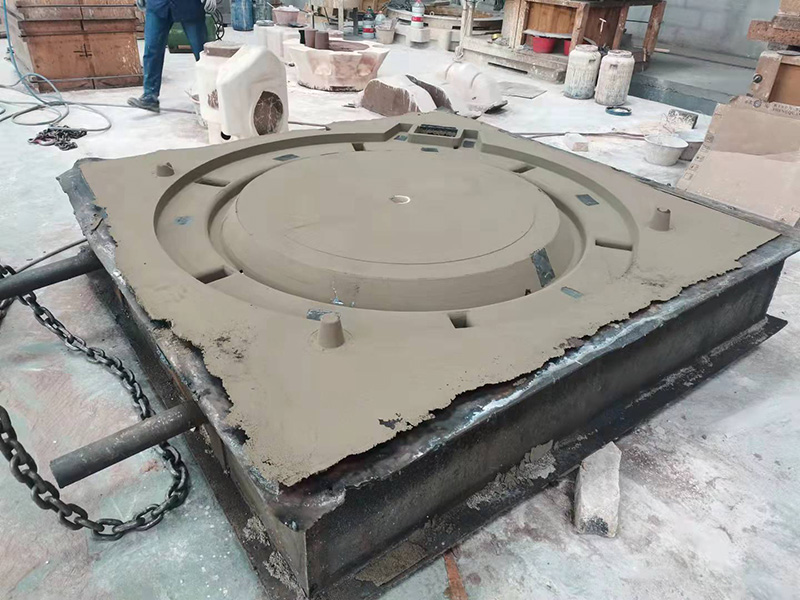3D Printing with Sand Revolutionizing Construction and Design
In the heart of the technological revolution, 3D printing has emerged as a groundbreaking methodology that is transforming various industries, including construction, automotive, aerospace, and medicine. Among the myriad of materials being used in 3D printing, sand has garnered significant attention for its unique properties and potential applications. This article delves into the concept of 3D printing with sand, exploring its advantages, processes, applications, and future prospects.
Understanding 3D Printing with Sand
3D printing with sand primarily involves the use of sand as a primary material to create intricate and large-scale structures. The process typically employs a binder jetting technique or a sand mold printing method, where a mixture of sand and a binding agent is utilized to form objects layer by layer. This approach allows for high precision and the ability to produce complex geometries that were previously difficult to achieve using traditional manufacturing methods.
Advantages of Using Sand in 3D Printing
1. Sustainability One of the most significant advantages of using sand for 3D printing is its eco-friendliness. Sand is an abundant natural resource, and utilizing it reduces the dependence on plastic and other non-biodegradable materials. This contributes to a reduced carbon footprint and promotes sustainable construction practices.
2. Cost-Effectiveness Sand is relatively inexpensive compared to many alternative materials used in 3D printing. This cost efficiency makes sand a viable option for large-scale construction projects, reducing overall material costs.
3. Versatility Sand can be combined with various binders to produce durable materials suitable for different applications. The properties of the final product can be tailored depending on the type of binder used, making it suitable for various industries.
4. Speed The layer-by-layer approach of 3D printing allows for rapid prototyping and production. Structures can be constructed in a matter of hours rather than days or weeks, significantly speeding up project timelines.
fill 3d print with sand

Applications of Sand 3D Printing
The applications of 3D printing with sand are diverse and expanding. Some notable examples include
1. Construction The construction industry is one of the primary beneficiaries of sand 3D printing. Companies are using sand to create formworks, molds, and even entire building components, which can dramatically reduce construction time and labor costs.
2. Art and Sculpture Artists are embracing 3D printing technology to create sand sculptures and installations. The ability to produce complex designs quickly and cost-effectively allows for greater creativity and experimentation in artistic projects.
3. Casting Sand 3D printing is revolutionizing the casting industry. Traditional methods often involve time-consuming processes to create molds. However, 3D printing allows for the fast production of intricate molds that can lead to superior casting finishes.
4. Prototype Development In industries such as automotive and aerospace, 3D printed sand molds facilitate the rapid prototyping of components, enabling designers to test and iterate their designs quickly.
The Future of Sand 3D Printing
As technology advances, the future of 3D printing with sand appears promising. Research is ongoing to improve the strength and durability of printed sand components and to develop new binding agents that enhance performance. Furthermore, as the construction industry increasingly adopts 3D printing technologies, we may see more projects that utilize sand printing for sustainable building practices.
In conclusion, 3D printing with sand stands at the forefront of technological innovation in manufacturing and construction. Its benefits in sustainability, cost efficiency, and speed present a compelling case for broader adoption. As the industry evolves and embraces this technology, we can expect to witness a significant shift in how structures are designed, developed, and constructed, paving the way for a more innovative and sustainable future.
Post time:11 月 . 10, 2024 15:10
Next:Innovative Solutions for Sand and Resin Blending Techniques in Modern Industries
